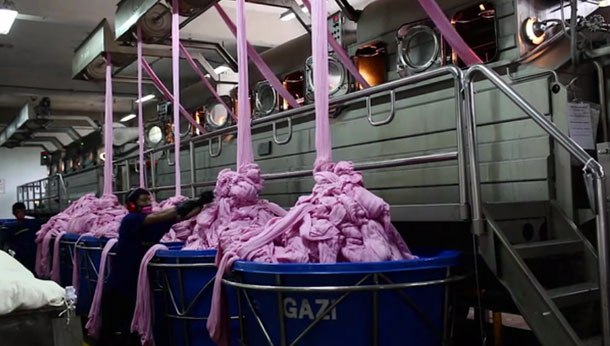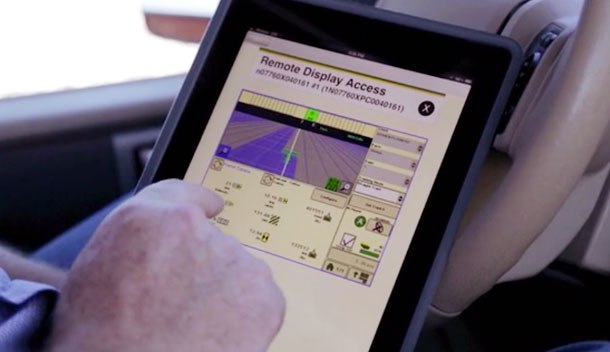8 Things We Learned From Planet Money’s Cotton Seed To T-Shirt Project
 Have you ever wondered about the people who made your clothes? Not just the people who sew the fabric pieces together, but the people who produce the fabric, transport it from place to place, grow or extract the raw materials, and every other phase of creating a single item of clothing?
Have you ever wondered about the people who made your clothes? Not just the people who sew the fabric pieces together, but the people who produce the fabric, transport it from place to place, grow or extract the raw materials, and every other phase of creating a single item of clothing?
The team over at NPR’s Planet Money did, and they’ve spent years trying to create t-shirts for their listeners from a bale of raw cotton so they can follow the process. They partnered up with Jockey, funded the whole thing on Kickstarter, and now the shirts are here. So is the beautiful site of videos, photos, and explanations of where these shirts came from.
The cotton used for the Planet Money shirts was grown in Mississippi from seeds created in a Monsanto lab. Reporters followed the path it took from there to Indonesia, then Bangladesh, or to Colombia, depending on which version of the shirt you followed. In between, they did the thing that every modern consumer secretly wants to do, whether they realize it or not: met everyone whose hands, warehouses, or ships the shirts passed through.
- Humans are kind of incidental to the whole process. Cotton harvest? By machines. Cotton yarn spun? By machines. Fabric knitted? By machines. The part that requires the most human labor is sewing shirts together.
- The garment industry follows poverty. Wherever there’s infrastructure for factories and people fresh from rural villages willing to work for the world’s lowest wages, that’s where your clothes come from.
- The reverse is also true. When wages climb too high, the industry leaves. While reporting this project, the Planet Money team learned that Jockey plans to end its relationship with the factory in Colombia where the pink women’s shirts for the project were made.
- Change follows the garment industry. Two sisters who worked on the Planet Money shirt are living examples of this change: the older sister had a marriage arranged by her parents, and the younger one has her own money, doesn’t live in her parents’ village, and is dating a man who not only isn’t from her parents’ village, but is a different religion. Gasp!
- Monitoring the cotton harvest in real time as your $600,000 John Deere self-driving harvester gobbles cotton balls in the field? There’s an iPad app for that. No, really, there is.
- The USDA grades cotton so manufacturers can choose the precise best strain for their project.
- It is shockingly cheap to ship something from the United States to Indonesia, then to Bangladesh, and then back to the U.S.
- When Korea and Bangladesh first teamed up to produce clothing and build factories in the latter country, the workers thought each other’s food was really gross.

Where was the shirt you’re wearing right now made? Mine was made for Banana Republic in Vietnam…but that label doesn’t say anything about where the thread was spun, where the cotton was grown, or anything at all about the family history and future hopes of the people behind it. Maybe just as well: that tag would be really big and probably itchy.
PLANET MONEY MAKES A T-SHIRT [NPR]
Want more consumer news? Visit our parent organization, Consumer Reports, for the latest on scams, recalls, and other consumer issues.

